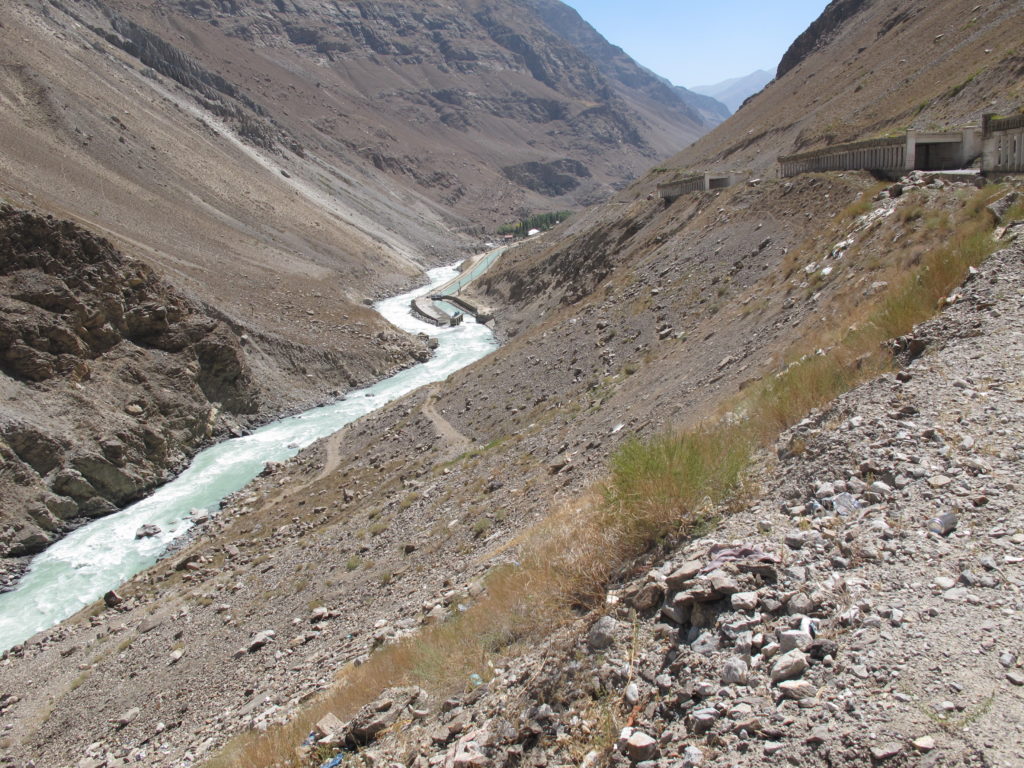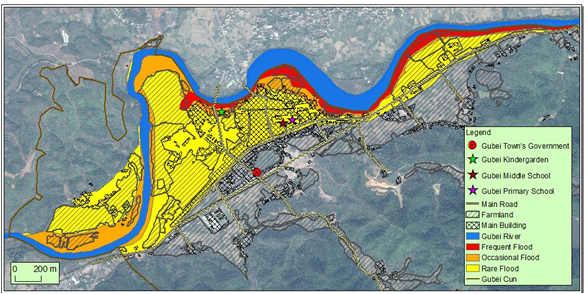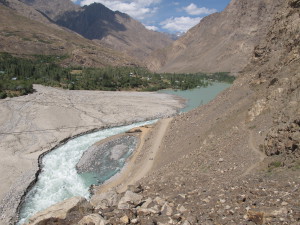The Polog Region in the Republic of Macedonia faces an elevated flood risk owing to the area’s mountainous topography, the dense hydrographic network comprising of torrential streambeds and rivers as well as a high population density along the Shar Mountain Range. In recent years, extreme weather events caused a number of devasting flood events, most recently in August 2015. However, human and economic losses were not only the cause of violent rivers, but are also a result of inappropriate land-use, i.e. construction in flood plains, rapid urbanization in hazard zones and constricted river courses on the fan; an increased logging in forests is responsible for heightened erosion.
Continue reading “Improving Flood Resilience in the Polog Region, Macedonia”



